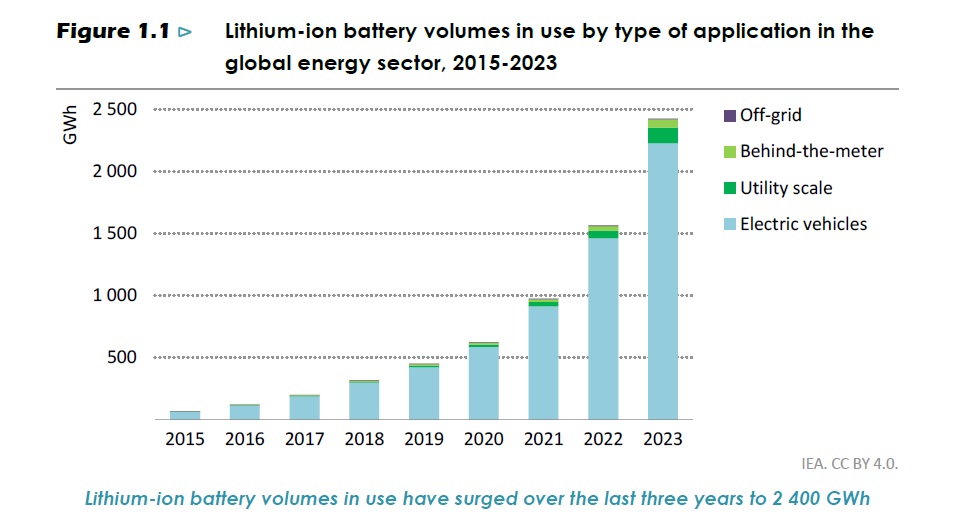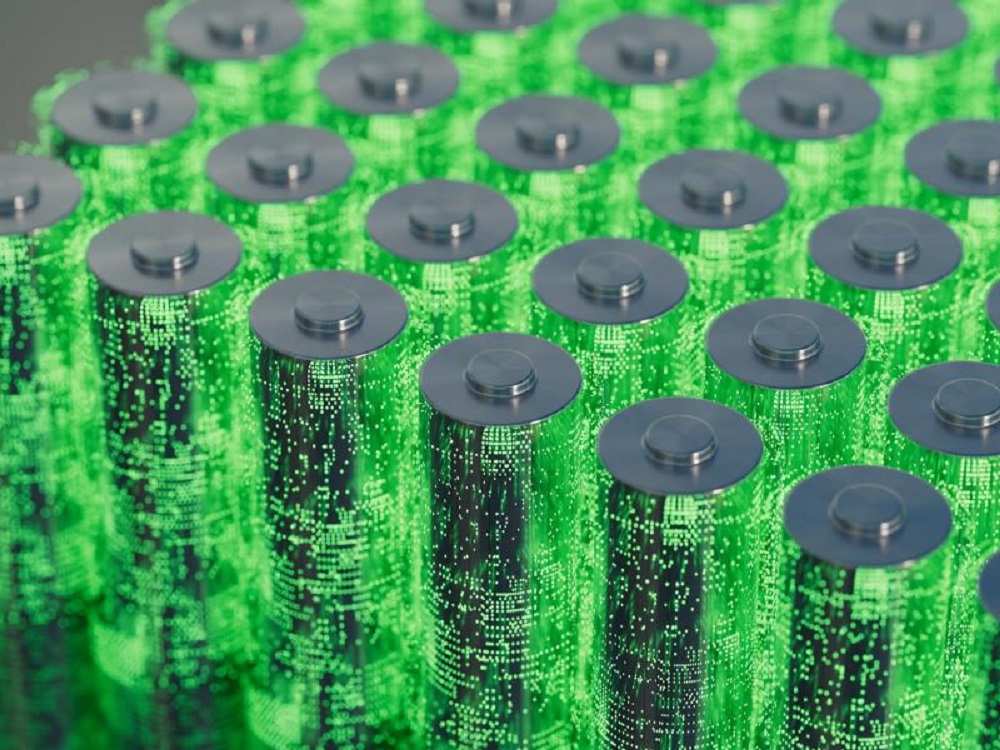The energy transition from fossil fuels to non-emitting sources, such as renewables and nuclear power is only in its early stages and the effects on policy and energy infrastructure are already massive.
One aspect of the transition has become clear: Retreating from baseline generation in favor of intermittent sources such as solar and wind generation is going to require tremendous increases in long-term energy storage capacity beyond traditional physical means, such as pumped hydro and flywheels. For renewable energy sources, the killer app is battery storage. This is true on a worldwide basis.
The International Energy Agency (IEA), a global organization that monitors energy policy and technology developments for governments and industry, has released a report saying batteries are absolutely essential to the energy transition and represent the fastest growing energy technology in 2003, when the latest data were compiled.
More specifically, battery storage for the power sector was the top growth area, with deployment more than doubling from 2022. The report said this growth was strong across generation categories: utility-scale battery projects, behind-the-meter storage, mini-grids and residential solar systems. Together, these applications added 42 GW of battery storage capacity globally, the report said.
While consumer demand and other applications remain strong, the IEA said 90% of annual lithium-ion battery demand in 2023 came from the energy sector. This is up from 50% 2016, when the total lithium-ion battery market was 10-times smaller. The report said that despite demand, performance and supply chains for lithium-ion batteries have increased to keep pace with requirements.
According to the IEA, expansion in EV sales have not diminished the availability of lithium-ion batteries for other sectors. Lithium-ion chemistries represent nearly all batteries in EVs, the report said.
The one fly in the ointment is that while the demand for battery storage for energy and EVs is essentially global among developed countries, the supply of dominant lithium-ion batteries is very concentrated.
The report says:
While the global battery supply chain is complex, every step in it – from the extraction of mineral ores to the use of high-grade chemicals for the manufacture of battery components in the final battery pack – has a high degree of geographic concentration. Battery manufacturers are dependent on a small number of countries for the raw material supply and extraction of many critical minerals. China undertakes well over half of global raw material processing for lithium and cobalt and has almost 85% of global battery cell production capacity. Europe, the United States and Korea each hold 10% or less of the supply chain for some battery metals and cells today.

Image: CC BY 4.0.
This content is protected by copyright and may not be reused. If you want to cooperate with us and would like to reuse some of our content, please contact: editors@pv-magazine.com.









Your article challenges readers to rethink their perspectives.